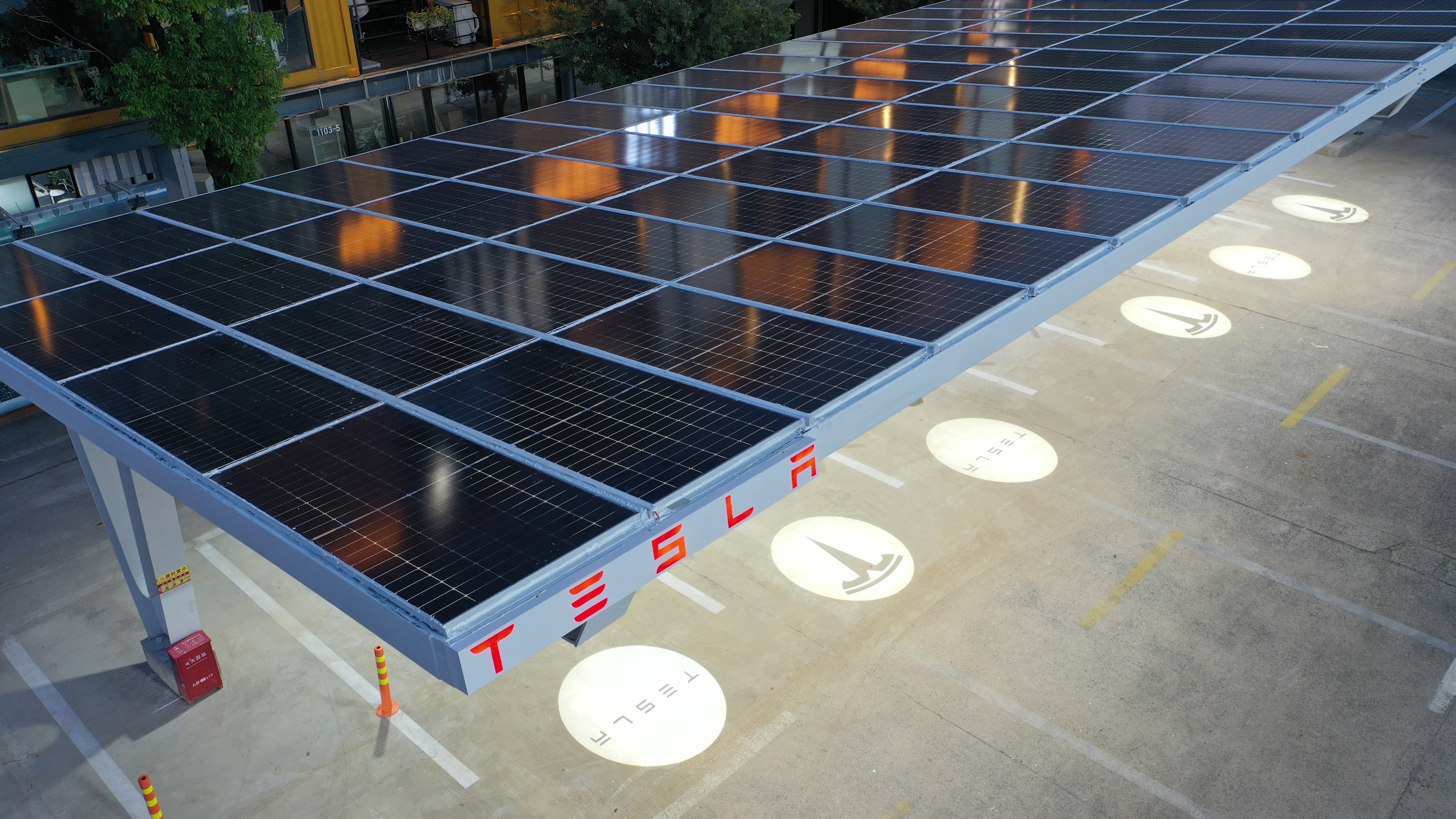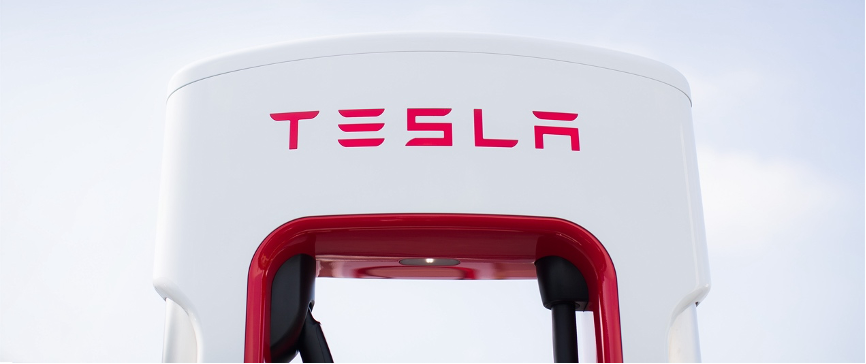On August 19th, Tesla held a “T-talk” lecture at the Tesla Center in Shanghai World Expo, which outlined the technical and developmental process of Tesla’s charging network, and explored the Tesla charging experience from the user’s perspective, as well as the significance of the charging network for China’s infrastructure.
Efficiency and fan service are both key aspects of the Tesla charging network. So far, Tesla has built more than 900 supercharging stations, with over 6,900 charging piles, and more than 1,700 destination charging piles, covering more than 320 cities throughout China. Additionally, “Tesla charging piles in the location selection covered most of the charging scenarios for users, including shopping malls, office buildings, highway service areas, hotels, tourist areas, etc.”
In China, Tesla’s goal is to cover 90% of the high-speed and first-class highways, totaling about 730,000 km. This goal has already achieved approximately 55% coverage and will reach 73% coverage tomorrow. Tesla also takes care of its fans; for users who hope to have access to various long-distance and challenging supercharging lines, Tesla is gradually fulfilling their wishes.
Not only has the quantity of the charging network rapidly expanded, but to allow more users to experience V3 charging, Tesla invested approximately RMB 42 million to build the Shanghai supercharging factory in February 2021, with an initial planned annual production capacity of 10,000 supercharging piles. This not only improves the popularity of V3 charging, but also elevates the development standard of Chinese charging pile new infrastructure to a new height.
Tesla’s supercharging is considered one of its core competitivenesses. There are two main issues regarding electric cars: range anxiety and recharging capability. People still care about single-charge range because recharging speed and convenience are still not as good as fueling. Tesla’s self-built supercharging stations provide an experience that is currently the closest to fueling.
At the “T-talk” sharing session, it was mentioned that Tesla will open up to other brands in the future. And because China adopts a unified national standard charging interface policy, opening up is easier to achieve.
Tesla’s entry into the Chinese market with supercharging was the same as the entry of Model 3 into the Chinese market. Entering the market as an industry benchmark helps eliminate the existing mixed market situation. It eliminates some of the old and poorly maintained charging enterprises from the market, and raises the service standards of the entire industry.
Behind Tesla’s charging network far exceeding industry prices lie reasons that are explored in this article.The current charging rate for Tesla in Mainland China is around 2.1 yuan/kWh, with maximum power of 250 kW. In the domestic market, charging prices are often only around 1.3 yuan/kWh, with some fluctuations in charging prices depending on time of day. Taking Shanghai as an example, using a Tesla Supercharger to fully charge a 75 kWh Model 3 will cost 60-80 yuan more compared to other charging stations.
For first-tier cities like Shanghai, each Supercharger station has an average usage frequency of 7 vehicles per day, with even higher usage rates in some areas. Thus, despite the high fee for reserving a charging spot, there are still long lines at some Supercharger stations in certain regions. As electric vehicle ownership increases, the problem of charging saturation will become increasingly apparent, and how to distribute charging resources remains a problem worth exploring.

In China, Home Charging Stations Remain an Issue
Home charging stations have faced certain difficulties in China due to differences in geography and infrastructure. In the United States, most people live in large houses with their own garages, so it is easy to install a home charging station with a simple electrical connection. In China, although electricity for residential use is very cheap, there are still many difficulties related to parking spaces and power supply. In many residential areas and surrounding infrastructures, the design was completed 20 years ago with no plans for a future demand for large-scale vehicle charging. If every household concentrates on using 380 V home charging stations during off-peak hours, many residential areas will inevitably experience an overload on the power supply.
Furthermore, the installation of home charging stations requires designated parking spaces; many parts of the country have a parking ratio of less than 1, let alone designated parking spaces. As electric vehicles gradually replace fuel vehicles, the development of home charging stations will become even more challenging.

Conclusion
Building a charging network is a challenging task, and it requires various solutions due to differences in regional infrastructure. Tesla’s efficient and practical charging facility construction philosophy, as well as its hands-on guidance and certification of charging station installation suppliers, have had an important impact on the development of the entire industry. However, the era of electric vehicle charging is only just beginning, and the true test of sustainable energy has yet to come when electric vehicle ownership reaches a certain level.
Source: Tesla official
This article is a translation by ChatGPT of a Chinese report from 42HOW. If you have any questions about it, please email bd@42how.com.
